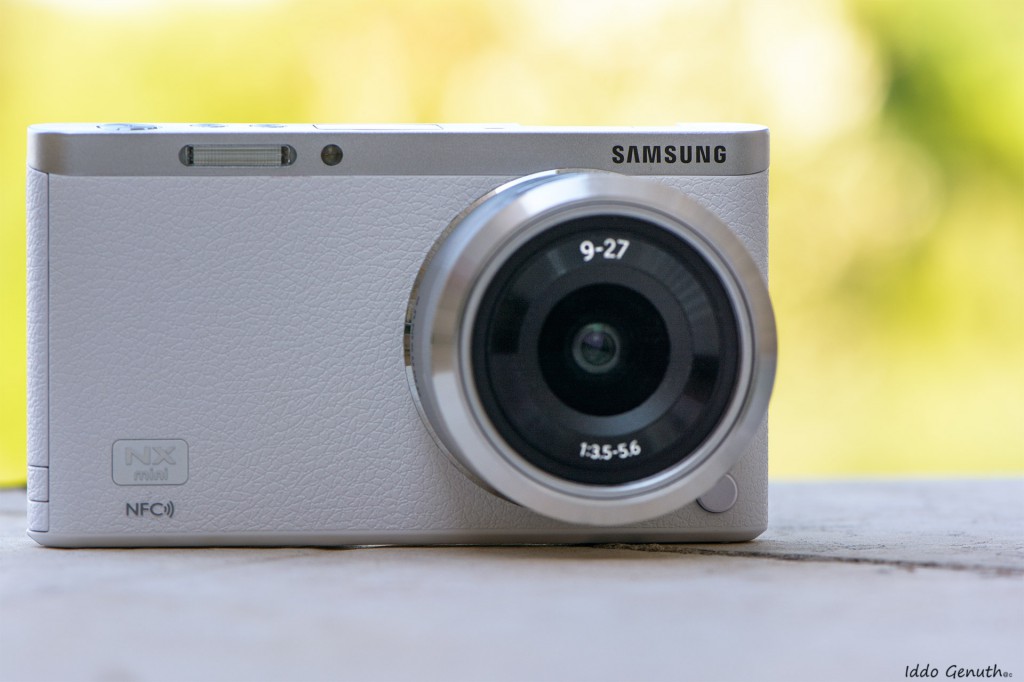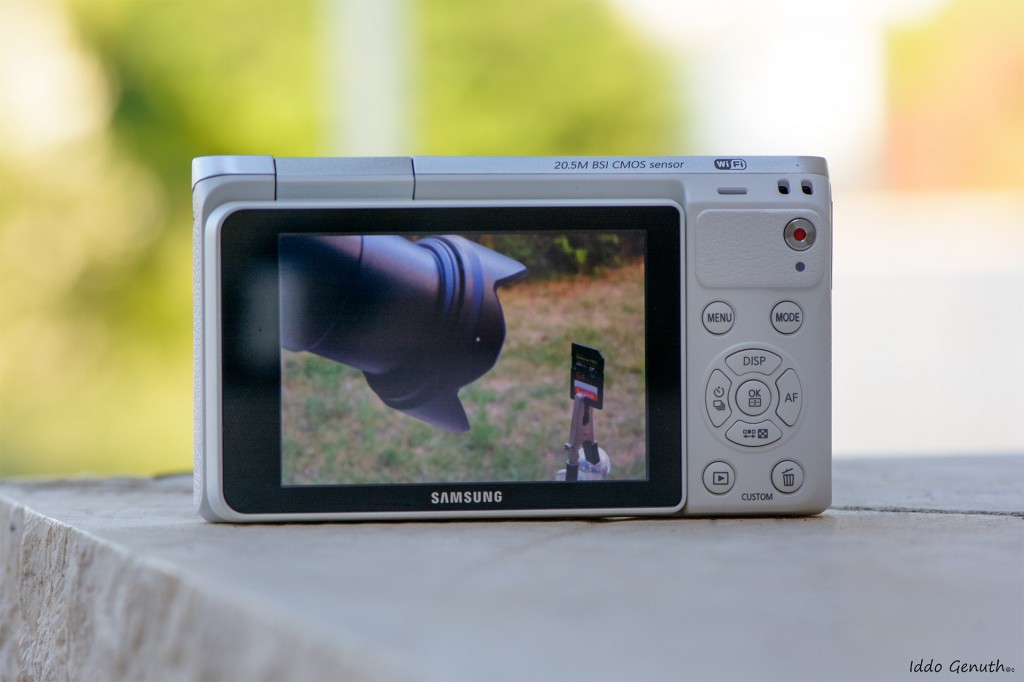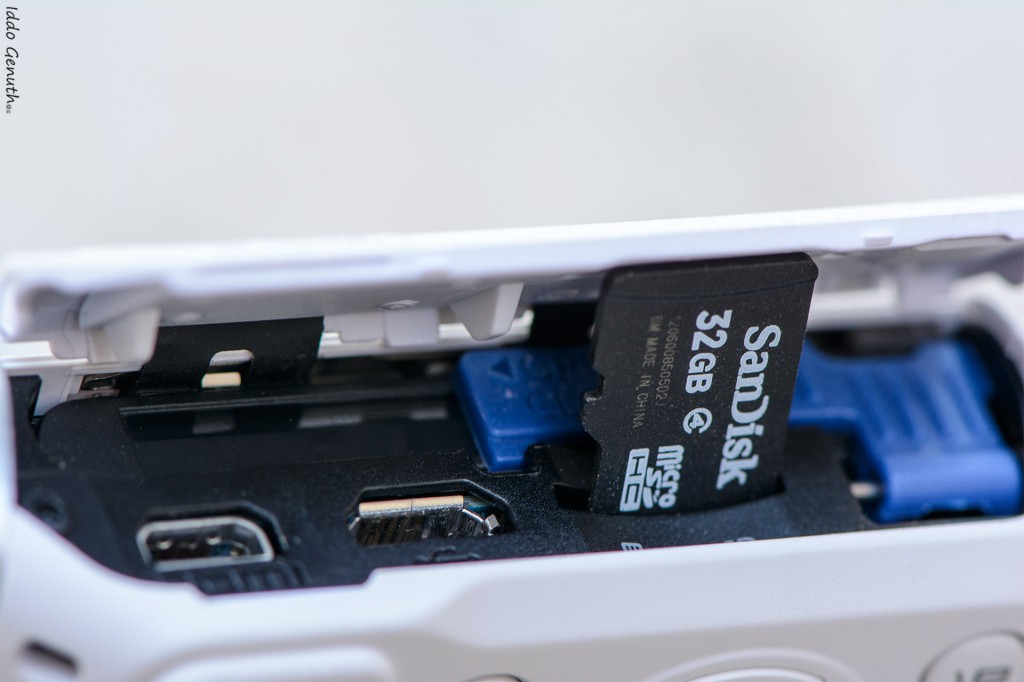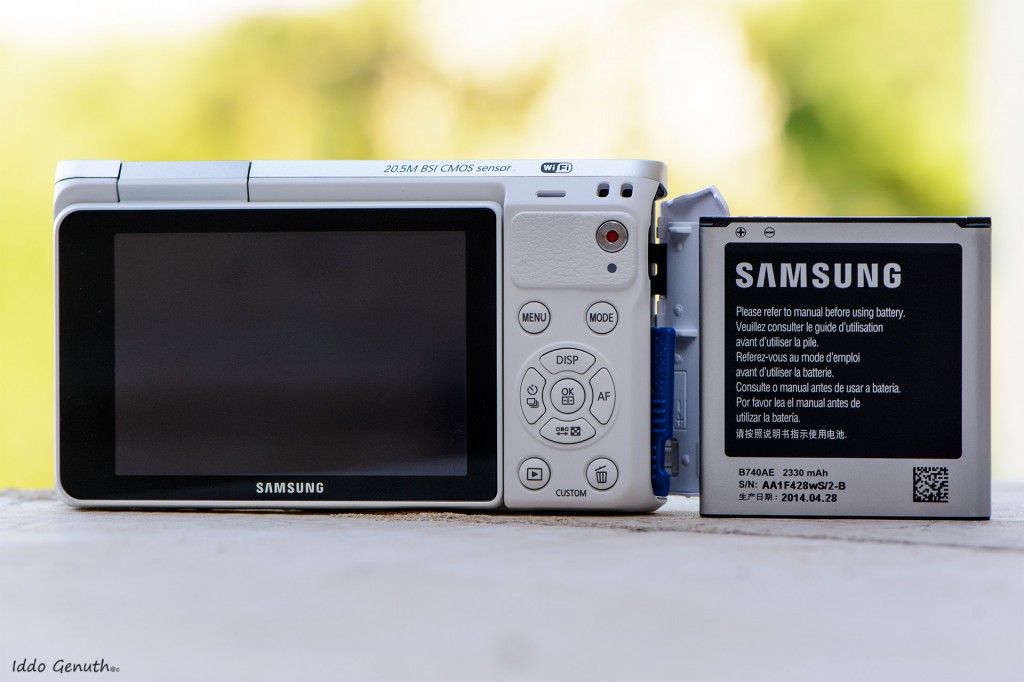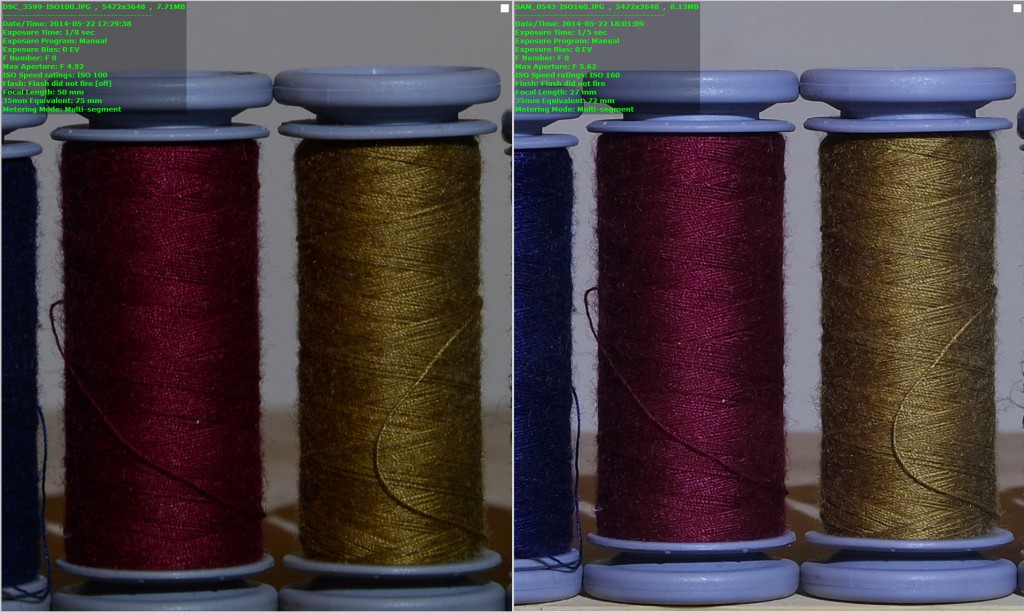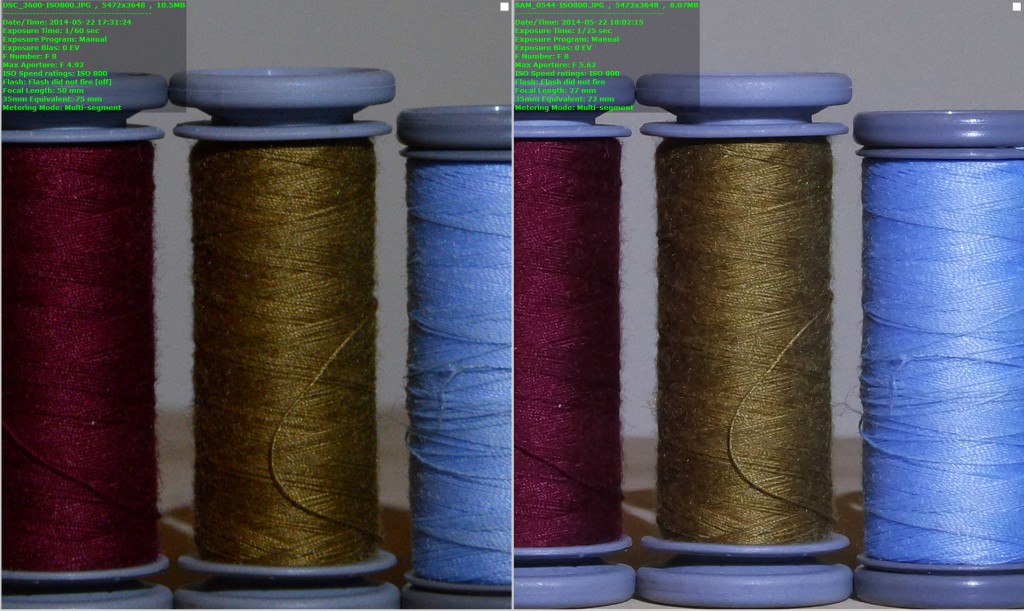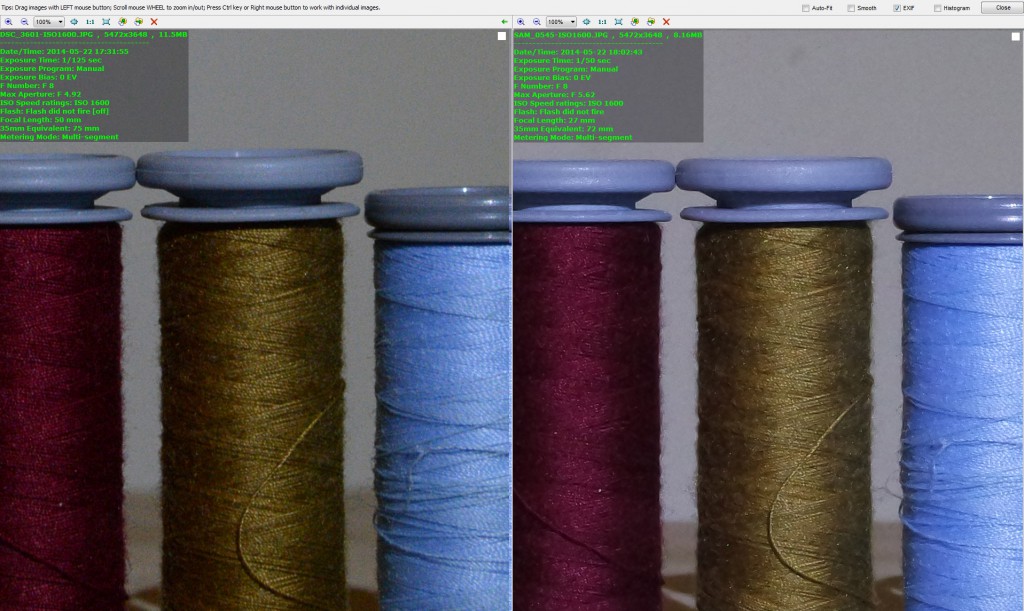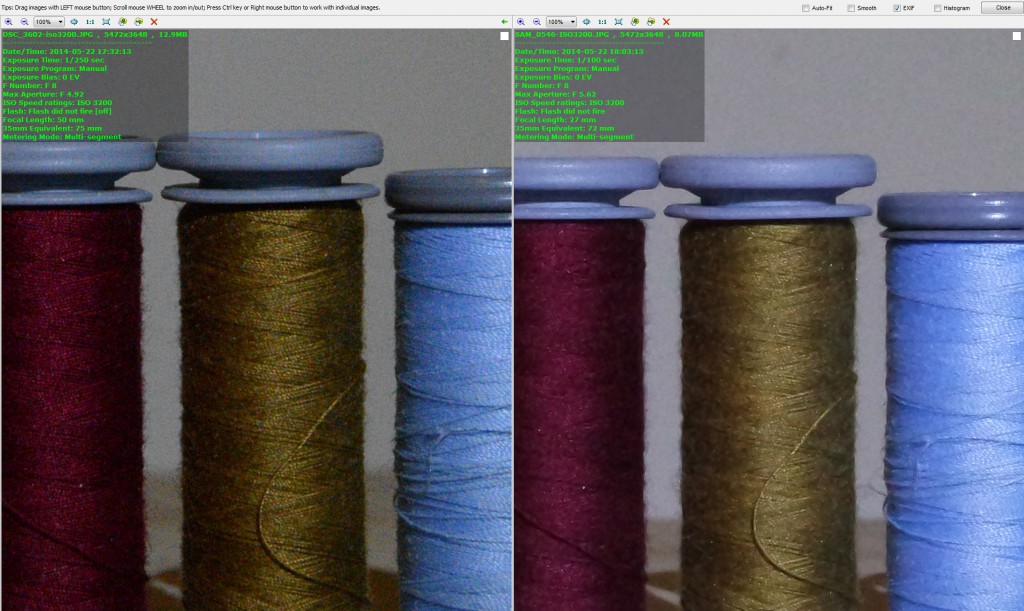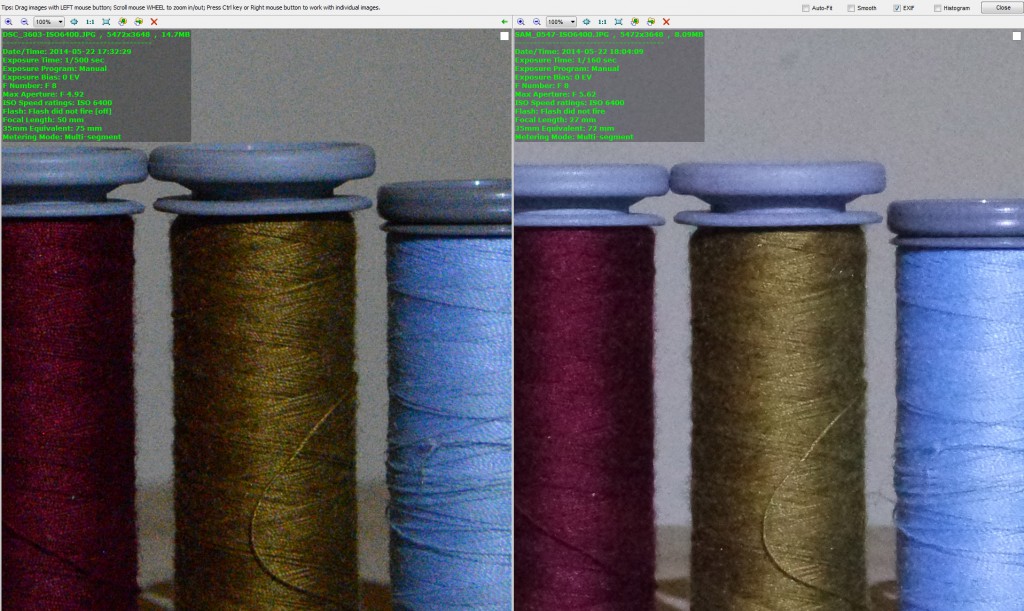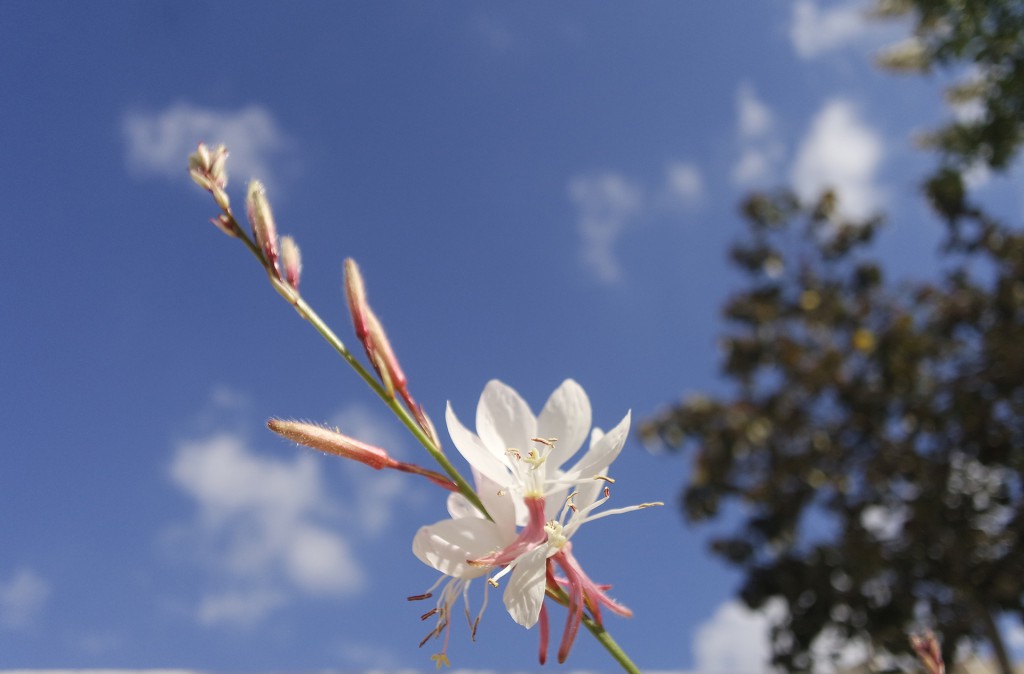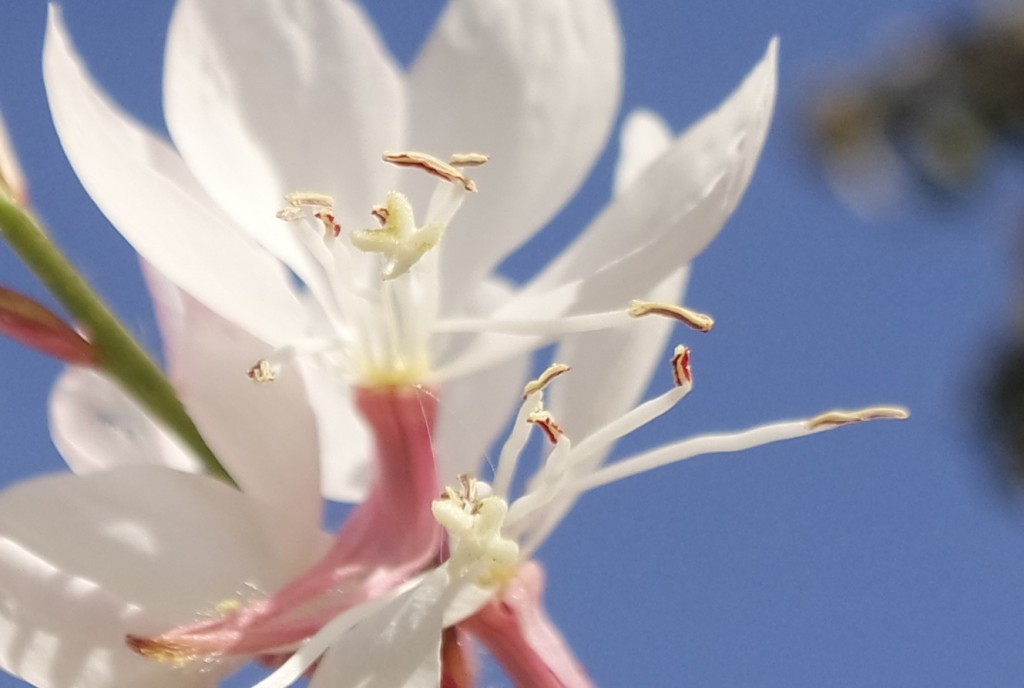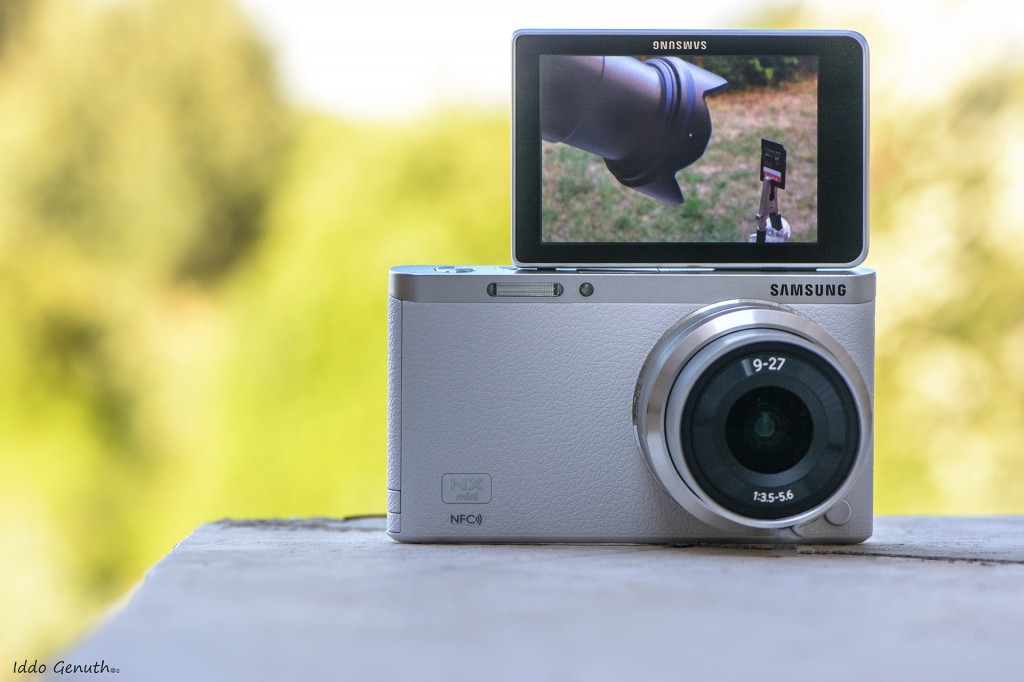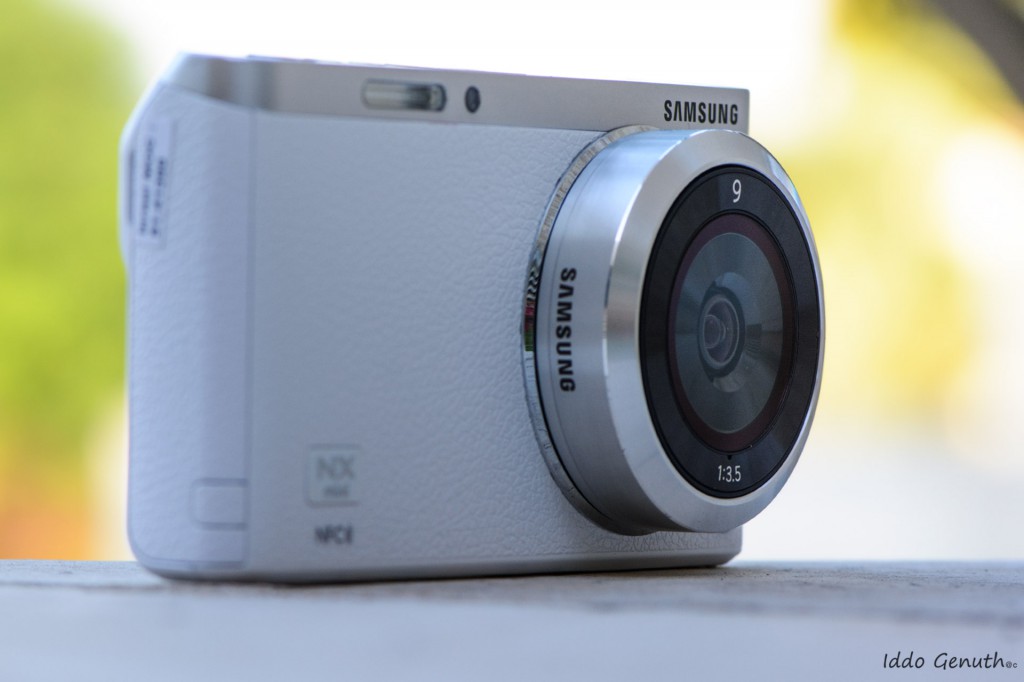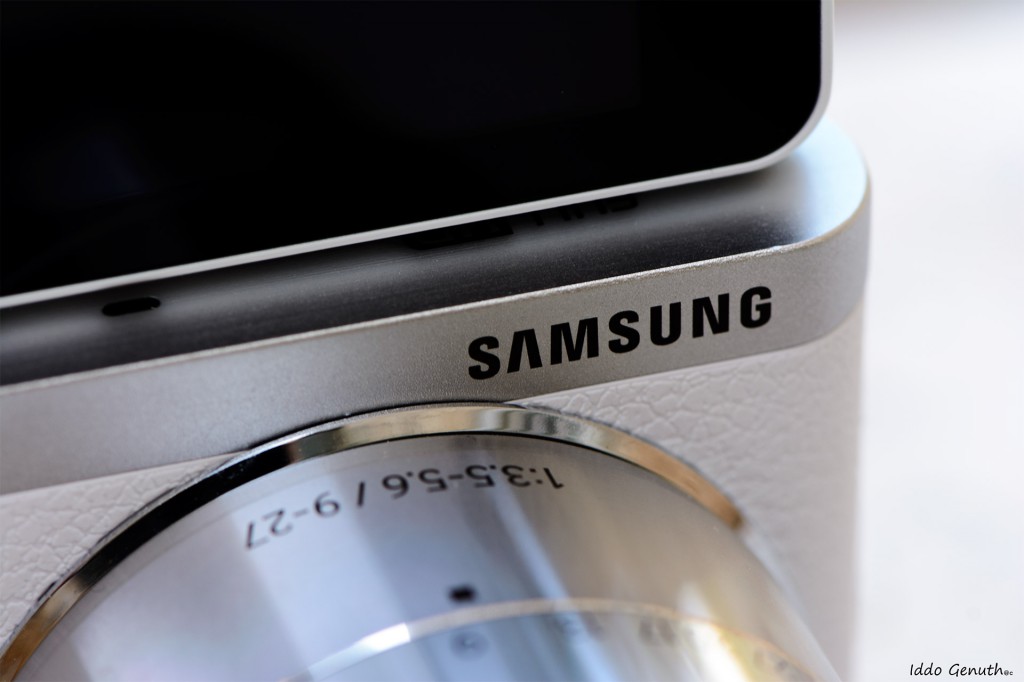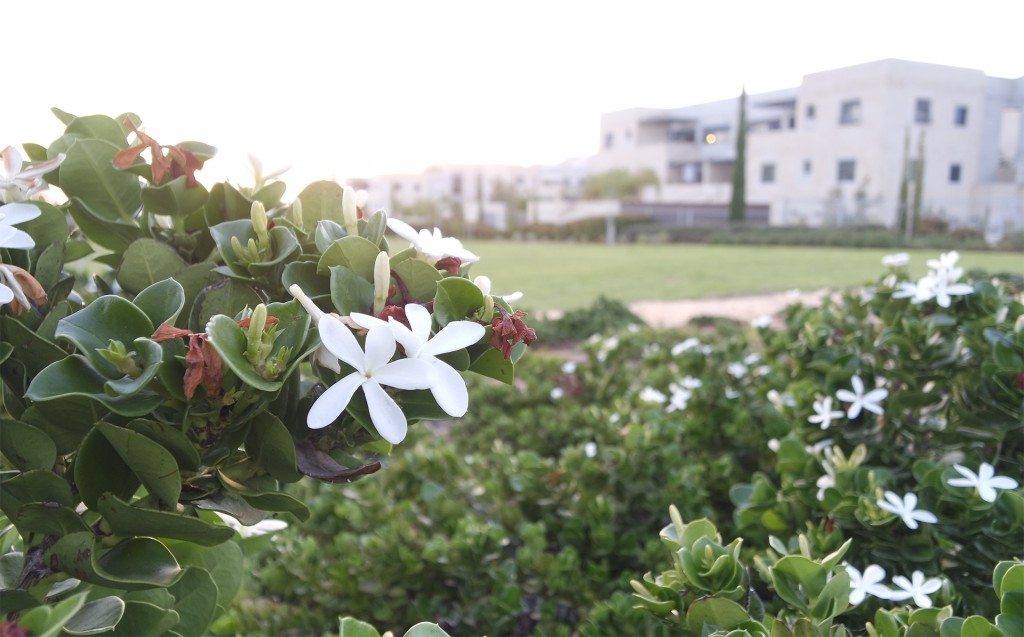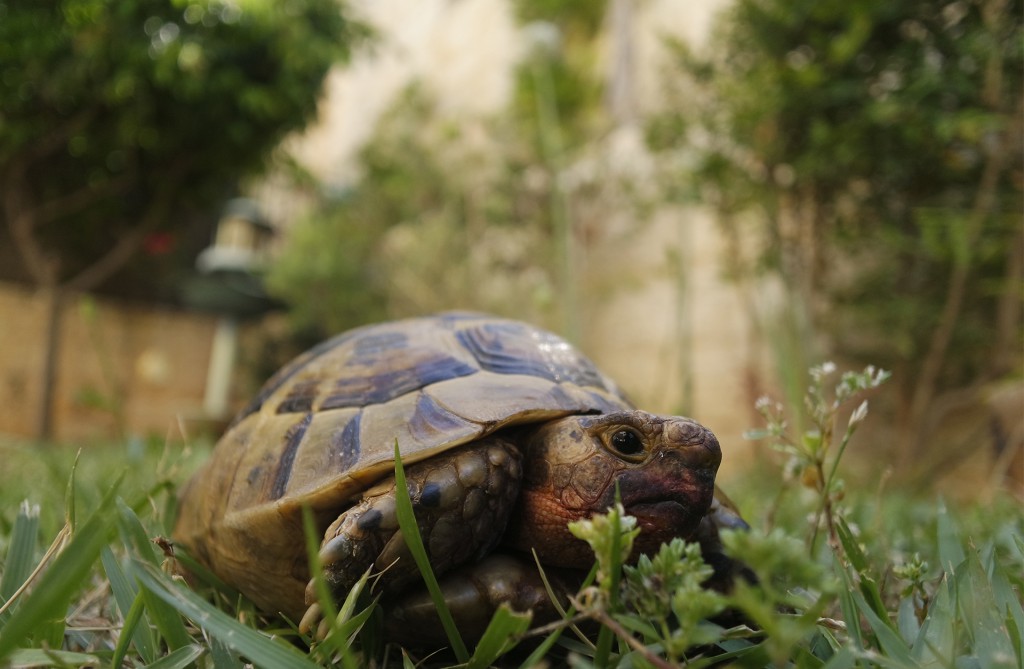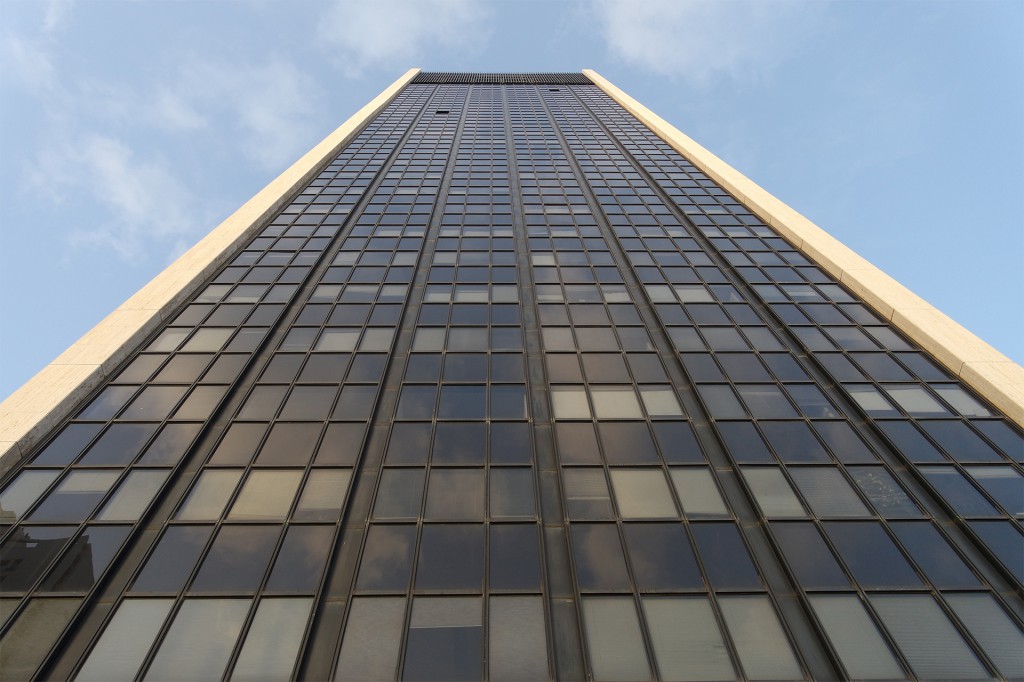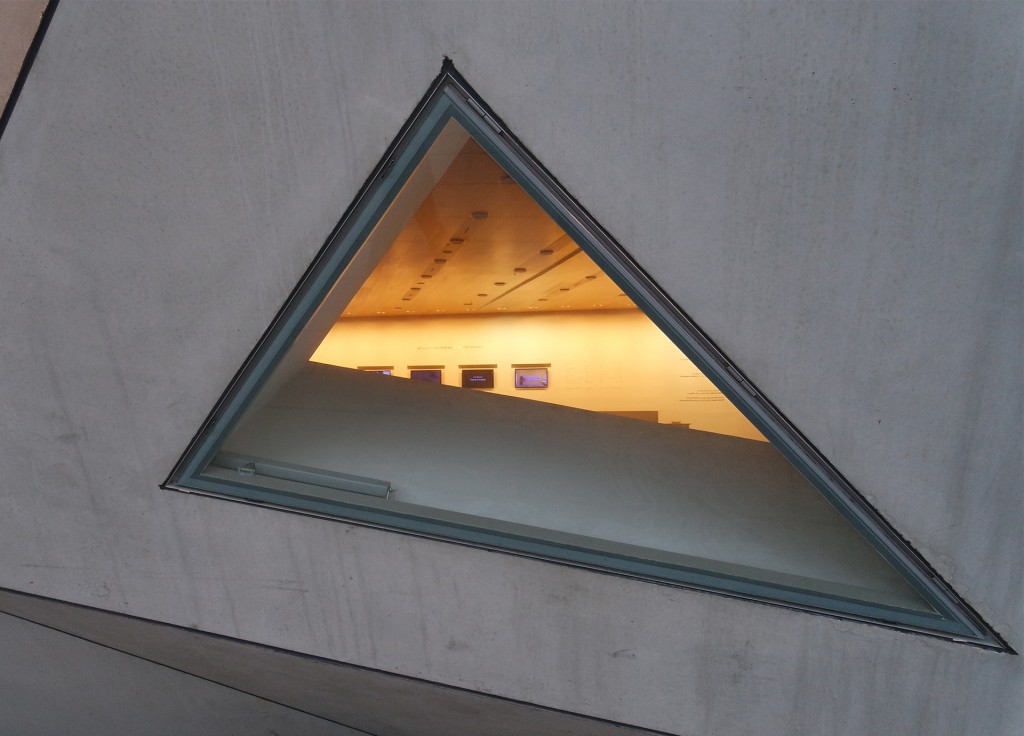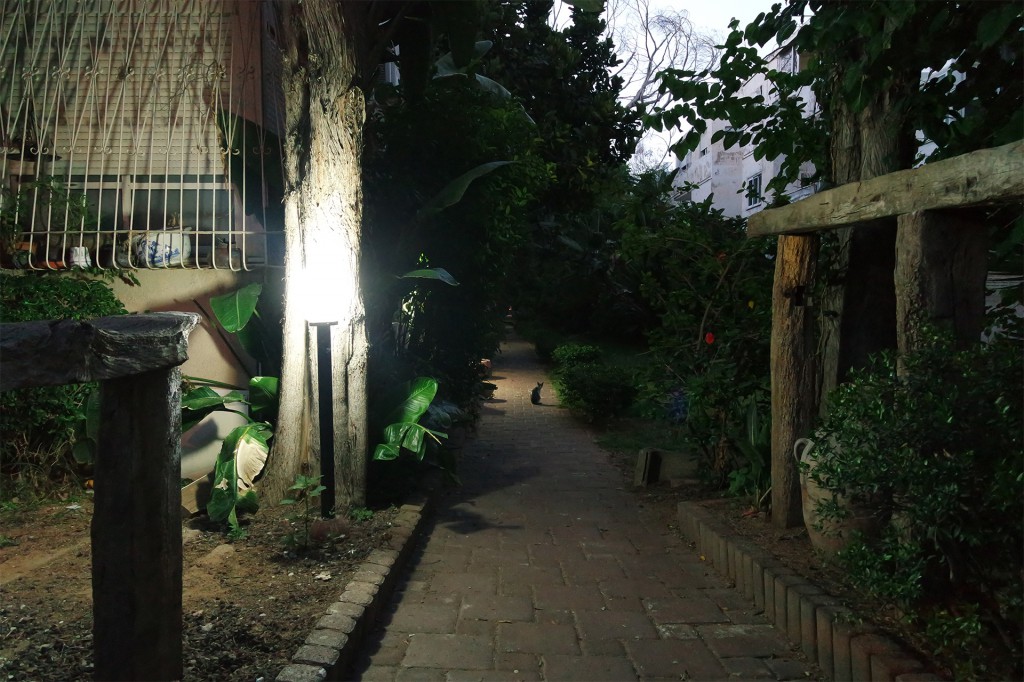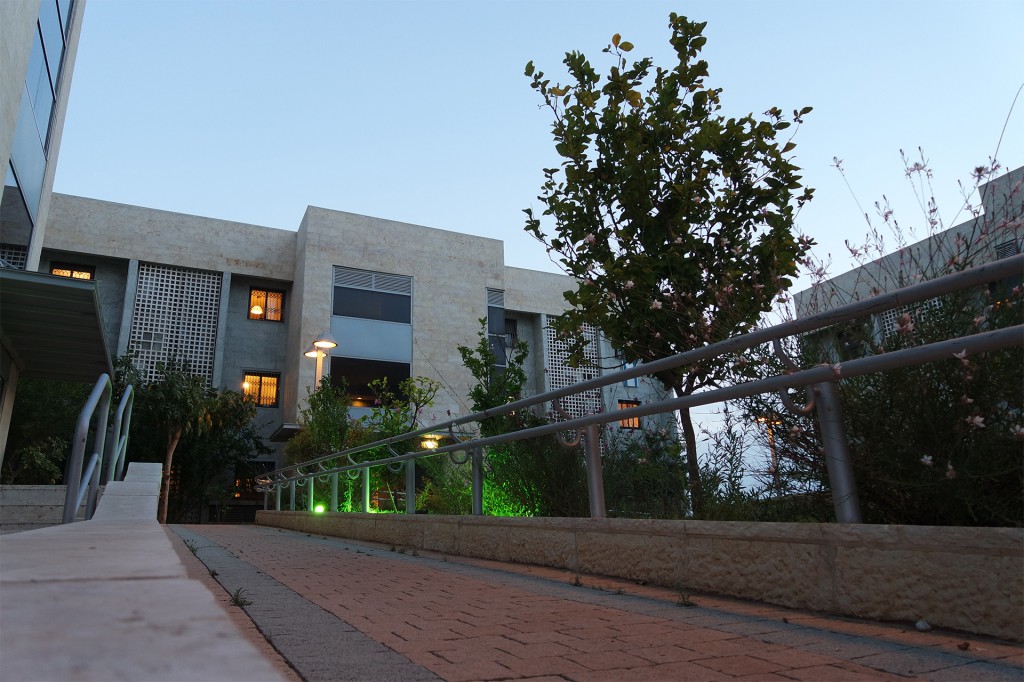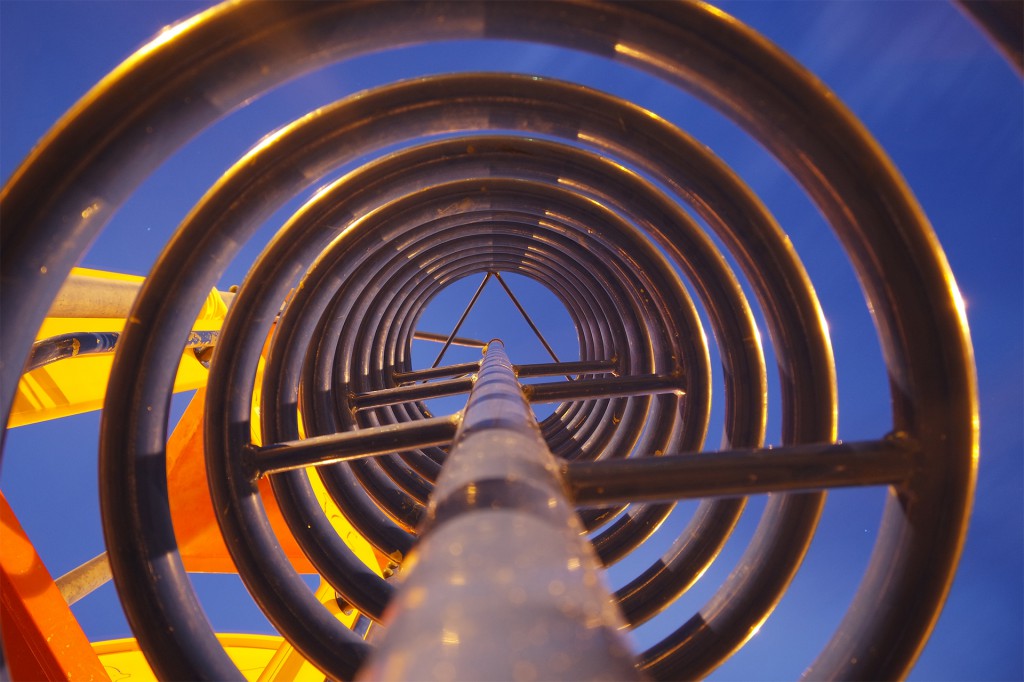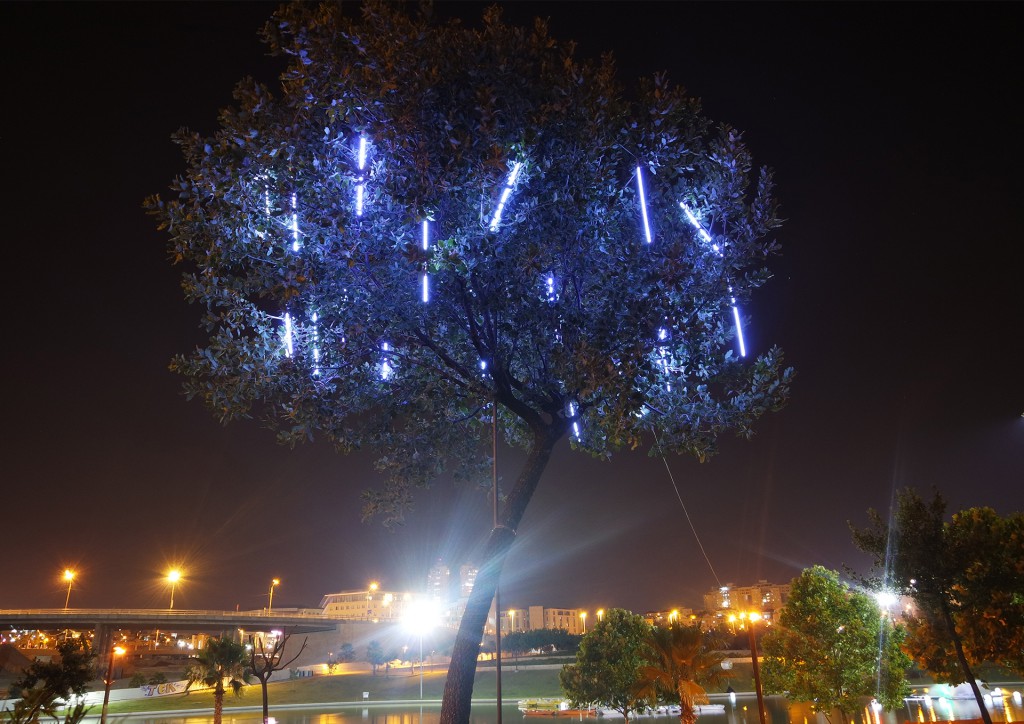Earlier this year we received the Samsung NX mini mirrorless camera. This tiny inexpensive camera is directed at a very specific niche in the market and we were curious – can it deliver?
In the past few years we are witnessing the creation of a new niche in the photography market – small cameras with large sensors and good image quality. One of the leaders of this relatively new category is the Sony RX100 (which currently has 3 different generations). So far the RX100 did not have a true direct competition but we have a feeling that the upcoming Photokina 2014 show is going to change a few things in this respect.
Although the NX mini is not exactly in the same category as the RX100 – after all the RX100 is a compact camera with a fixed lens (i.e. you can’t change lenses with the camera) and the NX mini is a mirrorless camera capable of accepting several different lenses. They do have quite a few things in common – they are both small and light and they both share a 1″ relatively large sensor (relative to most compact cameras that is).
Although we do hear from some of our readers who are interested in a simple camera that they do not want to be bothered with changing lenses, we do not see it this way. Our view is that if you have the “right” lens – you can simply put it on the camera and never switch if you don’t want to (as to what qualifies as the “right” lens – this is something that we shall discuss later in this review).
NX mini – small and light with interchangeable lenses
Before we proceed to the actual review, here is a quick spec list for the Samsung NX mini:
- Sensor: 20.5MP BSI CMOS Sensor (1 inch).
- Shutter: 1/6000-30 sec.
- Continuous shooting speed: 6 fps.
- Storage: micro SD.
- LCD: 3″ Tilting 180 degrees, touchscreen.
- Connectivity: Wi-Fi + app.
- Battery: 2300mAh with 500+ CIPA.
- Dimensions: 22.5mm thin and 158g.
- Price: $450 for the camera + the 9mm lens on B&H.
Construction, ergonomics and operation
The NX mini is a very small camera. If you compare it to most modern mobile smart devices it is actually much smaller in both length and height. When it comes to thickness it is considerably thicker than any modern phone, especially with the 9-27mm kit lens although it is still thinner than almost any other large sensor camera that you can find (the RX100 does seem to have the advantage here though). Keep in mind that with the kit lens she will probably not fit in your pants pocket although it will have no problem fitting in your jacket pocket or any small bag (with the 9mm prime lens you might have a better chance fitting the camera in your pocket).
Simple to operate
Ergonomically speaking we were a bit sorry to find that Samsung did not integrate a grip for better handling of the camera. We suspect that Samsung’s designers did not want to make the camera thicker – however since practically any lens that you will put on this camera will make it thicker we would definitely add a grip even if it makes one side of the camera just a bit thicker. We also didn’t like the position of the video button on the back of the camera – for us the natural place for it is always on the top (although this is something that seems to be more and more common in cameras these days, sadly).
Operationally speaking, the NX mini is a very simple and straightforward camera. The menus are easy to understand and you don’t get too many options (which isn’t necessarily a bad thing considering the intended target audience). In general we would say that the NX mini is the kind of camera that you can literally take and shoot (if you like it a real “point and shoot” although it does not fall in this category exactly).
A few minor points we wanted to mention from a usability standpoint – after you turn on the camera you also need to physically open the lens (turn it). This might save some power (we shall talk about battery life in the next section) but is honestly a bit annoying and in many cases you might simply forget to do that and get a warning on the screen that you can’t shoot.
The next strange choice has to do with the memory card – Samsung choose micro SD instead of the commonly used SD card for cameras. We suspect this has to do with saving space and with the fact that Samsung engineers might be used to this format from mobile devices. While micro SD might be ideal for a smartphone – where you have no need to take it out – for a camera this is a really bad choice as it is simply too small to handle on a regular basis and forces you to use a cable (which you will need to have with you whenever you want to move images to your computer (you could also use WIFI but this isn’t very convenient either).
We hate micro SD
Another issue with the micro SD card is that its hard to find a fast one (at least harder than a fast SD card which we have plenty of). The reason why we believe you will need a fast one is that the camera seem to respond very slowly when using a slow card when you try and display images after you shoot them (we used the only micro SD card we had at the time – a class 4 Sandisk 32GB). In fact almost each time we got a pretty annoying “Processing” massage on the screen for 1-2 seconds – since we didn’t have a faster micro SD card at the time we couldn’t verify that this is indeed the issue – we forwarded this problem to Samsung and hope they will try and fix that in future firmware updates. At any rate – if you are buying the camera – do yourself a favour and get a fast micro SD memory card.
Processing message when trying to view an image after shooting
Performance
The official continuous shooting speed of the camera is about 6 fps – pretty decent – but this will only last about 10 images with the built in buffer (and you will again need a faster memory card to try and shoot this way).
The official bettery life of the NX mini is about 530 images (with the non zoom 9mm lens its even more). This is very respectable for a mirrorless camera (one of the best in the category). This has to do with the strong 2330mAh battery among other things. We didn’t get 500 images per charge in our test, but we did get between 300-400 and sometimes even more – depending how much we used the screen to view images. We were also been able to shoot long videos without draining the battery too much – which is a nice acachievementor the Samsung engineers.
Powerful battery
Image quality and sensitivity
As always with our tests we compared the review camera to our test camera – the Nikon D7100 which serves as a general benchmark for all of our camera tests. Comparing an entry level mirrorless camera to one of the best mid range DSLRs hardly seems fare but as we shall see in a moment the tiny NX mini was really able to hold its own – at least when it comes to details at relatively low ISOs.
The comparison was done at about 70mm (in 35mm equivalent) at f/8 on a tripod with a timer. For the Nikon we used the old 18-105 kit lens and for the Samsung the 9-27mm kit lens.
A few points before we start:
- From some unknown reason we could not get the same exposure from both cameras (the shutter speed on the Nikon was faster – this did affect the result to a degree so keep that in mind).
- We canceled the Noise Reduction (NR) on the Nikon. On the Samsung the NR seem to work no matter what we do and quite aggressively especially at higher ISOs as we will see (this is apparently true to RAW images as well sadly – we are hoping Samsung will change that in the future).
- The base sensitivity of the Samsung is higher than that of the Nikon – 160 ISO vs. 100 ISO.
Base sensitivity – Nikon D7100 on the left, Samsung NX mini on the right (click to enlarge)
At its base sensitivity the Samsung seems to reach outstanding level of details. Even when you consider the Nikon shutter handicap we mentioned above – the Samsung seems like a winner here.
800 ISO – Nikon D7100 on the left, Samsung NX mini on the right (click to enlarge)
Even at ISO 800 the Samsung still produce very clear details with no loss due to the slightly higher ISO.
1600 ISO – Nikon D7100 on the left, Samsung NX mini on the right (click to enlarge)
At 1600 ISO we are starting to see the Samsung infamous NR engine kicking in and effecting the detail level – you might not see much noise but you will not see a lot of details either.
3200 ISO – Nikon D7100 on the left, Samsung NX mini on the right (click to enlarge)
At 3200 ISO the Samsung is suffering heavily from NR and over exaggerated smoothing. The Nikon on the other hand has noise but you still see quite a bit of details.
6400 ISO– Nikon D7100 on the left, Samsung NX mini on the right (click to enlarge)
ISO 6400 is unusable on the Samsung and for us not really useable on the Nikon either.
The bottom line when it comes to image quality – up until and including 800 ISO the NX mini performs exceptionally well (producing one of the best detailed images of any camera we tested to date). Beyond that – i.e. in any situation with even a
100% magnification
LCD & Autofocus
The NX mini has a 3 inch touchscreen that can flip in 180 degrees for shooting selfies. When you try to do that you get a 3 sec timer on the screen – pretty cool. We are not big fans of selfies but we know many people who are and for them this sort of thing can be a big selling point.
The touchscreen is very useful and we find it very hard to understand why all camera manufacturers do not add this capability to their cameras (ahm… Nikon). The interface is nice and intuitive but we feel that Samsung could have gone the extra mile and make the icons larger and more comfortable to press and the interface – especially when you consider the target audience could have looked more like an app (even if this isn’t Android based).
3 inch flip touch LCD
The contrast based AF system of the camera isn’t surly not the fastest we have tested (no where near the top of the line Sony A6000 or Panasonic GH4) but for the price it certainly delivers decent AF speed and accuracy for regular daily shooting. In low light – like many other cameras it can fall a bit short but this also depends on the lens that you are using.
Lenses
Samsung currently has 3 different lenses for the NX mini:
- NX-M 9mm F3.5 ED lens – a wide angle lens (24mm in 35mm equivalent) – we used it – its very compact – doesn’t come with a lens cap though.
- NX-M 9-27mm F3.5-5.6 ED OIS lens – a wide to short telephoto stabilized zoom lens (24-73mm in 35mm equivalent). The main kit lens for the camera which we also used – a bit bulky and thick for the camera.
- NX-M 17mm F1.8 OIS lens – a fast normal stabilized prime lens (45mm in 35mm equivalent). Thinner than the kit lens but thicker than the 9mm lens – its currently the fast lens in the lineup – it was not available to us at the time of the review.
The NX mini with the very thin 9mm lens
Video
We are not going to talk about video too much in this review but we can say that from the little that we did test it the results seem pretty good and we got the same level of high quality and details that we got when we shot stills – at least when we had decent lighting.
One interesting point – the built in microphone (something we rarely mention at all in our reviews) turned out to be exceptionally good – we have no idea what Samsung did or if it has something to do with the company’s background in smartphones, but it was just sensitive and very usable (of course if you are in a very noisy environment it would not be that useful and you do not have the option to attach an external microphone as far as we know – not to mention earphones, but it’s still good to know).
We recorded 2 quick videos – one the first you can see the AF tracking a subject – initially we seemed to be too close but it gets better later on once we are a bit more far away. The second video was shot in a lake and is a more typical video shooting scenario – make sure you watch both videos on 1080p).
Test Video – turtle – the AF issue at the start of the video has to do with the distance from the turtle
[youtube]https://www.youtube.com/watch?v=ZDQq-hTMaWo[/youtube]
Video sample – the lake
[youtube]https://www.youtube.com/watch?v=WzpR802kKq4[/youtube]
In summary
After quite a few weeks with the NX mini what do we think about the camera? well, the answer should be divided into two parts depending on the target audience for this camera.
NX mini – very aggressive pricing
If you are coming from a background of mobile photography or even compact cameras, you are likely to see a rather big improvement in image quality with the NX mini. The camera shows superb level of details and in good lighting conditions (shooting at relatively low ISO) you can get really spectacular results (we can only wonder how good the sensor really is if we had even sharper lenses). Using the camera will also most likely seem very familiar to people coming from the mobile world with the simple menus and touch screen (we would have loved to see a more app like interface and larger icons on the screen even if the OS is not Android – something that we are sure that Samsung can do). All and all, for people upgrading from a smartphone camera, the NX mini is quite a successful product at a very attractive price.
Before we move on to talk about the second target audience, there are a few things that we didn’t really care for about the NX mini which we mentioned in the review (yes, no product is perfect). The first thing is Samsung’s bizarre choice for the memory card – micro SD. Lets put it bluntly – we hate micro SD and we feel that this memory form factor is all wrong for cameras. During our testing we almost lost the card a couple of times when we removed it forcing us to move images from the camera to the computer using a cable (which was surprisingly fast but is simply inconvenient). Using a micro SD also possibly caused the camera to display images slowly (probably because we didn’t use a fast enough micro SD card – which are harder to come by). Finally, Samsung is currently offering only 3 lenses for the NX mini – this is the camera with the least amount of lenses currently on the mirrorless market and its unclear what are Samsung’s plans for the future of this lineup (the basic kit lens – the 9-27mm is also quite thick compared to the camera).
We now come to the second target (potential) audience for the NX mini – more experienced users who are looking for an inexpensive compact camera with high image quality for a trip (or just day-to-day use when they are not carrying their main camera). In this case the NX mini is a much tougher choice – yes the image quality at low ISO is still great, but going beyond ISO800 will result in a lot of very hard noise reduction which degrades the image considerably, the camera lacks a viewfinder and some of the more advanced features other cameras in this class might have (as well as the lack of lenses which we already mentioned). Its still an option if you are on a tight budget – but keep in mind what you are giving away.
Bottom line: If you are just starting your way in photography and most or all of your experience was with mobile cameras, the Samsung NX mini is going to be a big improvement – especially when it comes to image quality and we are sure than you will find the general interface and usability of the camera very simple and friendly. If you are more advanced photographers and just looking for a small high quality camera on a tight budget to take to your next trip, the Samsung is definitely an option but keep in mind that you will be letting go of some of the more advanced features you might be used to.
What we liked
- High image quality (very impressive details level up to around ISO 800).
- Light and compact (especially with the 9mm lens).
- Very good battery life for a camera in this category.
- Useful touch screen with a fun 180 degrees tilt for selfies and WIFI.
- Extremely competitive pricing.
What we didn’t like so much
- Overly aggressive noise reduction algorithm (noticeable at ISO 1600 and above).
- Image display after shooting is delayed (possibly has to do with our use of a slow memory card).
- Small number of lenses (currently only 3. Samsung commitment future to this line is unclear).
- No viewfinder.
- Uses a (very uncomfortable to use) micro SD memory card.
Gallery
All the images in the gallery were shot with the NX mini and the NX-M 9mm F3.5 ED or the NX-M 9-27mm F3.5-5.6 ED OIS. No image was altered in any way other than cropped.
We would like to thank Samsung for loaning us the camera for review.
You can check out more LensVid exclusive articles and reviews on the following link.

You can support LensVid by shopping with our affiliate partners
Affiliates: Amazon, B&H, Adorama and E-bay.
Why should you trust us?